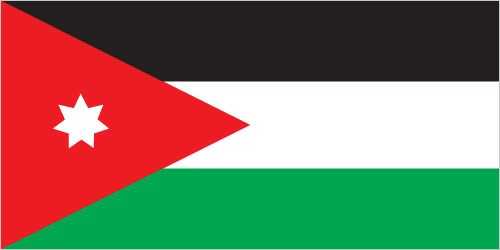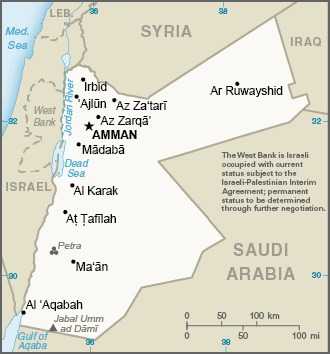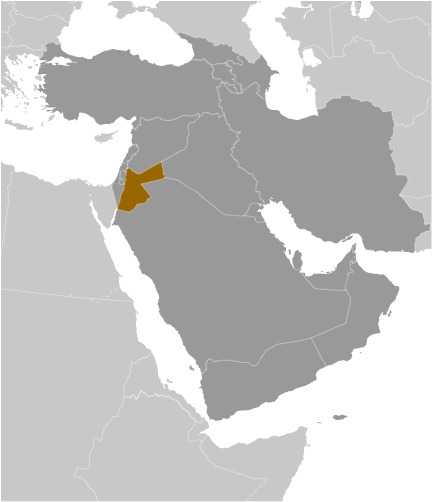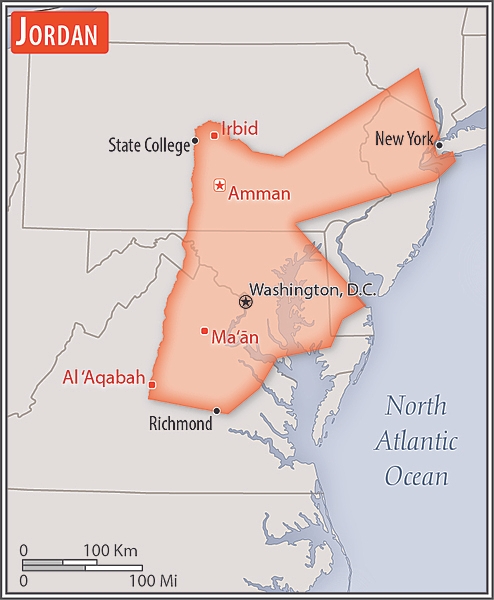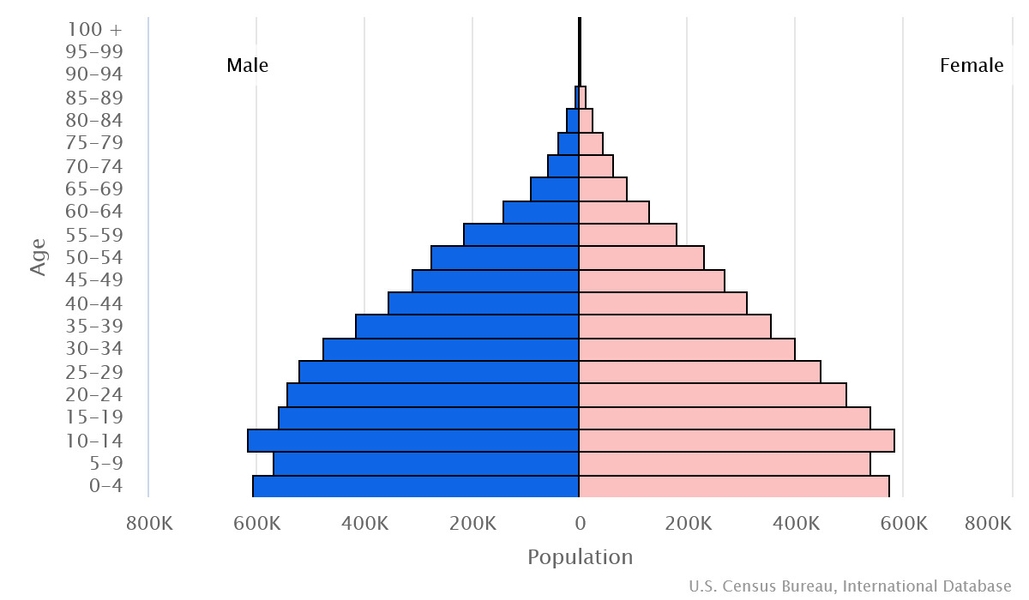Introduction
Visit the Definitions and Notes page to view a description of each topic.
Geography
People and Society
Population
comparison rankings: female 89; male 84; total 84
Languages
Median age
comparison ranking: total 172
Population growth rate
comparison ranking: 114
Birth rate
comparison ranking: 52
Death rate
comparison ranking: 222
Net migration rate
comparison ranking: 223
Maternal mortality ratio
comparison ranking: 103
Infant mortality rate
comparison ranking: total 106
Life expectancy at birth
comparison ranking: total population 109
Total fertility rate
comparison ranking: 52
Obesity - adult prevalence rate
comparison ranking: 13
Alcohol consumption per capita
comparison ranking: total 171
Tobacco use
comparison ranking: total 16
Children under the age of 5 years underweight
comparison ranking: 94
Education expenditures
comparison ranking: 151
Environment
Revenue from forest resources
comparison ranking: 142
Revenue from coal
comparison ranking: 149
Government
Economy
Real GDP (purchasing power parity)
comparison ranking: 95
Real GDP growth rate
comparison ranking: 121
Real GDP per capita
comparison ranking: 149
Inflation rate (consumer prices)
comparison ranking: 39
GDP - composition, by sector of origin
comparison rankings: services 82; industry 106; agriculture 119
Industrial production growth rate
comparison ranking: 100
Labor force
comparison ranking: 110
Unemployment rate
comparison ranking: 195
Youth unemployment rate (ages 15-24)
comparison ranking: total 10
Public debt
comparison ranking: 19
Taxes and other revenues
comparison ranking: 106
Current account balance
comparison ranking: 174
Reserves of foreign exchange and gold
comparison ranking: 69
Debt - external
comparison ranking: 28
Energy
Electricity
comparison rankings: transmission/distribution losses 129; imports 97; exports 86; consumption 72; installed generating capacity 79
Carbon dioxide emissions
comparison ranking: total emissions 85
Energy consumption per capita
comparison ranking: 113
Communications
Telephones - fixed lines
comparison ranking: total subscriptions 94
Telephones - mobile cellular
comparison ranking: total subscriptions 105
Internet users
comparison ranking: total 65
Broadband - fixed subscriptions
comparison ranking: total 85
Transportation
Merchant marine
comparison ranking: total 131
Military and Security
Military expenditures
comparison ranking: 11

